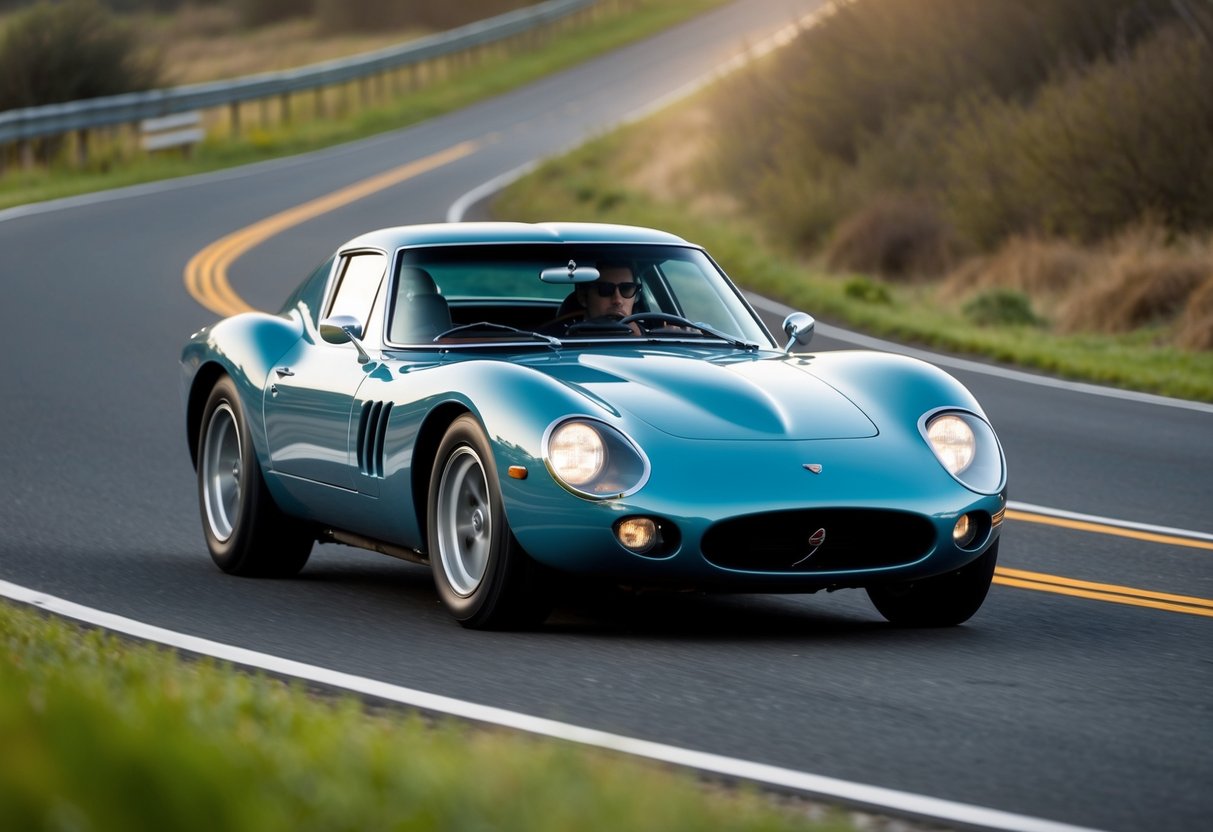
Retro sports cars are making a notable comeback, captivating enthusiasts with their unique blend of vintage design and modern performance. This resurgence in the automotive industry speaks to a growing appreciation for the classic appeal of past decades while incorporating today’s technological advancements. The fusion of nostalgic aesthetics with cutting-edge performance innovations appeals to both collectors and new drivers.
These vehicles not only pay homage to iconic designs but also meet contemporary standards of speed, efficiency, and safety. Manufacturers are keenly aware that today’s consumers desire the best of both worlds, seeking the timeless beauty of retro styles matched with the refined engineering of modern vehicles. By crafting cars that skillfully merge these aspects, the industry taps into a market longing for nostalgia without sacrificing current technology.
The return of retro sports cars signals an exciting shift in automotive trends, where past and present converge to create something extraordinary. This movement is more than about appearance; it’s an expression of the evolving tastes of car enthusiasts. As enthusiasts and casual observers alike turn their attention to these stunning vehicles, the renewed interest in retro sports cars undoubtedly marks an innovative chapter in the automotive story.
The Allure of Retro Sports Cars
Retro sports cars captivate enthusiasts with a unique blend of nostalgia and timeless charm. Iconic models like the Porsche 911, Ford Mustang, and Dodge Challenger symbolize the enduring appeal, while also reflecting advances in automotive design and performance.
Nostalgia and Timeless Appeal
Retro sports cars tap into a deep sense of nostalgia, recalling an era when driving was about the journey, not just the destination. For many enthusiasts, these vehicles represent fond memories of a time associated with freedom, open roads, and powerful engines. The classic lines and curves of these cars evoke an emotional connection, distinguishing them from modern counterparts. Furthermore, the ongoing demand for models like the Chevrolet Camaro highlights their lasting allure. Collectors and drivers often seek these cars for their authenticity and aesthetic that transcend fleeting trends.
Iconic Models Through the Decades
The legacy of retro sports cars is best appreciated through iconic models that have shaped automotive history. The Porsche 911 remains a testament to design longevity, with its silhouette largely unchanged for decades. Similarly, the Ford Mustang captured hearts with its revolutionary design and raw performance in the 1960s. The Dodge Challenger and Chevrolet Camaro further exemplify this timeless appeal, boasting powerful engines and muscular styling. These models highlight not only past successes but also their evolution, combining vintage aesthetics with modern technology. The enduring popularity of these vehicles underscores their significance in bridging nostalgic appeal with contemporary performance.
Classic Meets Contemporary: Modern Performance in Vintage Frames
Retro sports cars are experiencing a resurgence, with vehicles combining iconic designs and modern capabilities. This fusion addresses the desire for nostalgia while accommodating contemporary performance expectations.
Integrating Modern Technology
Modern technology now plays a critical role in transforming classic sports cars. These vehicles often use advanced materials for lighter and stronger frames. Carbon fiber is increasingly popular in maintaining classic curves while enhancing durability.
Infotainment systems are a key addition. Touchscreen displays blend seamlessly with vintage dashboards, offering navigation and entertainment options. Safety features like anti-lock brakes and stability control integrate invisibly, ensuring a smooth driving experience without altering the car’s iconic look.
Performance Upgrades
Engine enhancements are vital in these retro sports cars to deliver the modern performance expected today. Turbochargers and electronic fuel injection systems replace older components for improved power and efficiency.
Suspension systems may undergo significant overhauls. Upgrading to independent suspension provides improved handling and ride quality, which aligns with contemporary driving standards.
High-performance braking systems are another critical upgrade. Disc brakes, often with anti-lock features, replace drum setups to ensure these cars stop as effectively as they accelerate. These updates empower vintage sports cars to compete with modern vehicles in terms of performance and safety.



